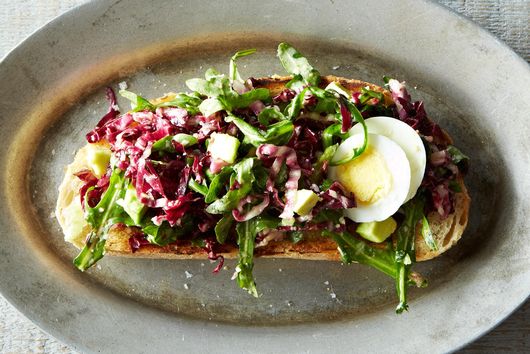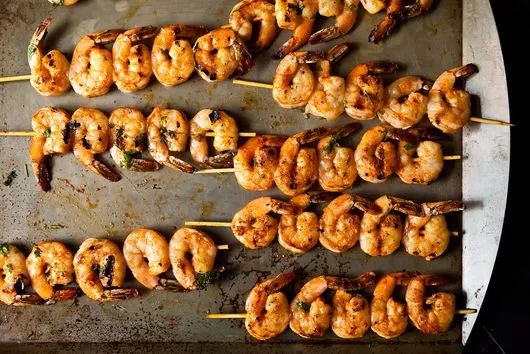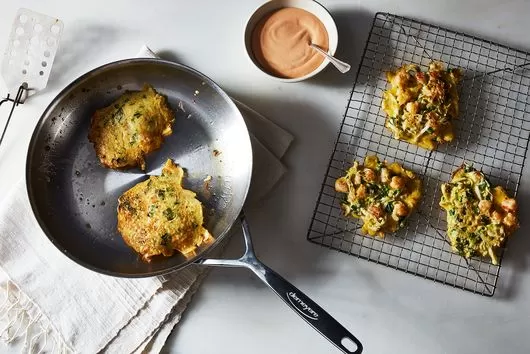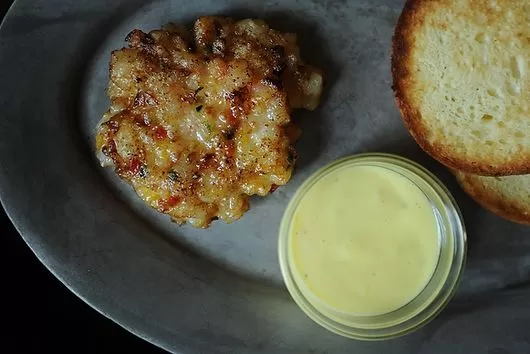Bagna Cauda Toasts with Radicchio, Egg, and Avocado
MAKES
8 large toasts
Ingredients
10
anchovy fillets (olive oil-packed)
3
garlic cloves
2 tablespoons
unsalted butter
1/2 cup
extra virgin olive oil
Finely grated zest + juice from 1 lemon (about 1 teaspoon zest and 3 tablespoons juice)
Sea salt, to taste
8
hard-cooked eggs, thinly sliced
1
large head of raddichio (10 to 12 ounces), core removed, any bruised leaved discarded, and thinly sliced
1 cup
baby arugula
1/3 cup
Pecorino Romano, finely grated
1
avocado, cut into small cubes
1
long stalk celery, thinly sliced on the diagonal
8
thick slices of good quality, crusty bread, toasted
Ingredients
- For bagna cauda dressing: Using a mortar and pestle, sharp knife, or mini food processor, pulverize the anchovies and garlic to a smooth paste. Transfer the paste to a small saucepan or skillet, and add butter and olive oil. Bring the mixture to a bare simmer over low heat; you should faintly hear the garlic and anchovy sizzle, and the anchovy should melt into the oil. Cook for about 5 minutes, then remove from heat. Add lemon zest and juice, and whisk until emulsified. Season with sea salt and/or more lemon juice, to taste.
- For hard-cooked eggs: In a large saucepan with tight-fitting lid, add eggs and cover with about 2-inches of cold water. Bring to a boil, then immediately remove from heat, cover the pan, and a set a timer for 10 minutes. When timer goes off, drain the pot and transfer the eggs to a large bowl of cold water to stop the cooking process. Once cooled, strain the water from the bowl. To peel, tap each egg a few times to crack its shell, then gently roll to break the shell completely. Peel under running water for ease.
- For radicchio (OPTIONAL STEP to lessen the radicchio’s bitterness, from Toro Bravo's Radicchio Salad with Manchego Vinaigrette): Fill a large bowl with water, and add ice to make it icy cold. Remove ice, then add the radicchio to the water. Let radicchio sit for about 15 minutes, then strain and spin dry in a salad spinner. Be sure to remove ice from the water *before* adding the radicchio; otherwise, you’ll have to fish out small pieces of ice.
- For assembling toasts: In a large bowl, toss radicchio and arugula with Pecorino until evenly coated. Add the dressing, a little at a time, and toss to coat, tasting a few pieces of radicchio along the way to get the right amount of dressing. You want an assertively dressed but not overdressed salad. Gently fold in sliced egg, avocado, and celery. Drizzle a little more dressing over the salad, if needed. Brush each slice of toasted bread with the dressing, then pile high with the salad. Top with a few grains of sea salt (to taste). Eat with a fork and knife, or just pick it up and prepare to be messy. Leftover dressing can be tightly covered and refrigerated for a day; gently rewarm it over low heat before using.






